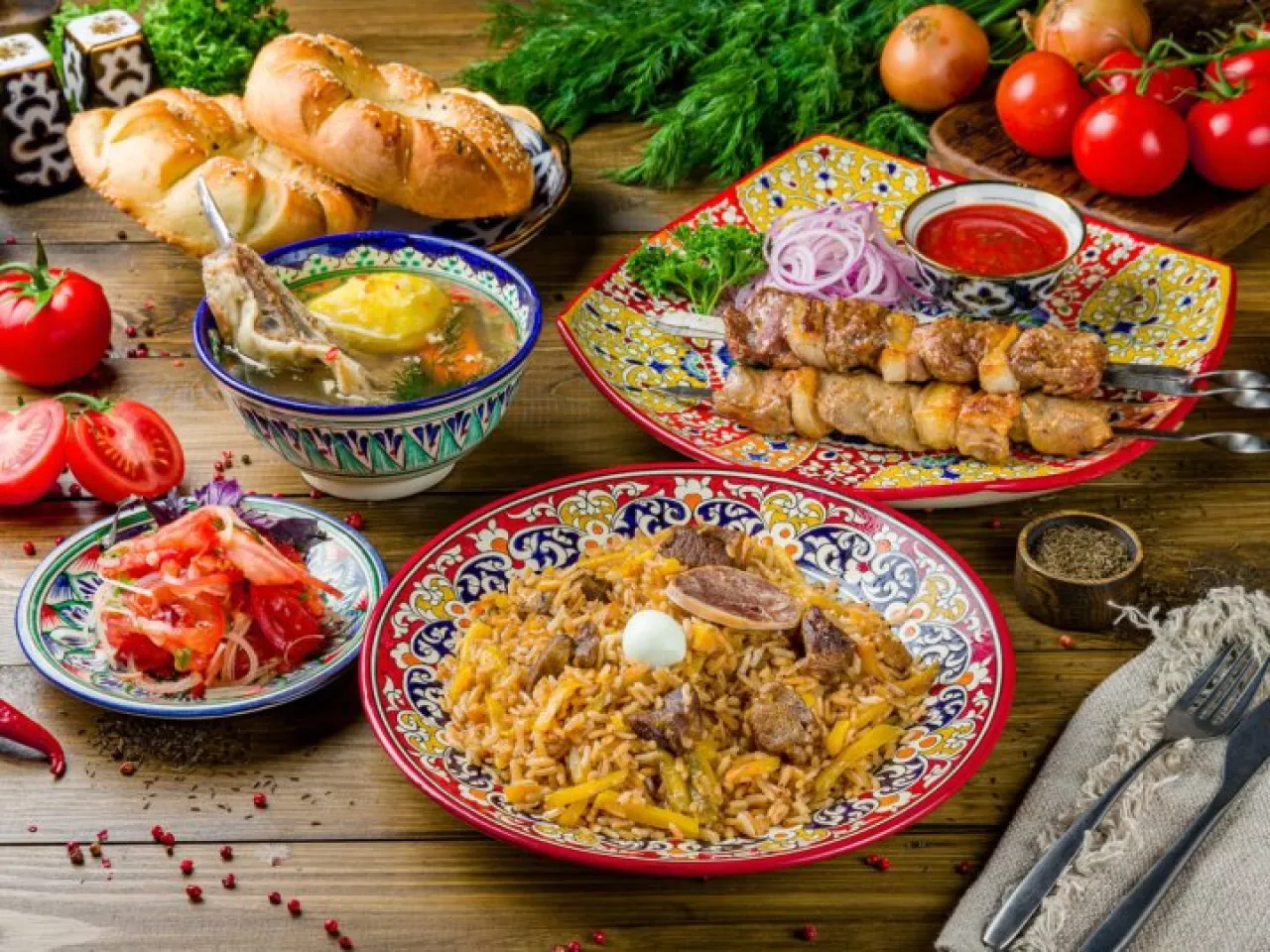
According to data from the international analytical platform Numbeo, in Uzbekistan about 30 percent of household budgets are spent on food expenses. This figure is comparable to other Central Asian countries, where spending on basic necessities constitutes the main part of the family budget.
According to analysis results, Uzbek families spend most of their budgets on food and housing needs. Other sectors, including clothing, transport, sports, and leisure expenses, are noticeably lower.
According to economists, such consumption patterns are typical for Commonwealth of Independent States (CIS) countries, where the primary task of the population is to satisfy basic needs. According to recent calculations, an average four-person family in Uzbekistan spends 21 million soums per month, not including housing rental costs.
The expenditure per person is approximately 5.6 million soums. Nevertheless, on a global scale, the cost of living in Uzbekistan remains relatively low.
For example, compared to the USA, the cost of living is 60.6% cheaper and rent is 68.9% cheaper. Across Central Asian countries, large amounts are spent on food products.
In Tajikistan, this figure is the highest, with 37.1% of the household budget directed to food expenses. In neighboring Kazakhstan, according to data from the first quarter of 2025, 50.6% of household expenses went to food.
In Kyrgyzstan, according to CIS Statistics Committee data at the end of 2024, this figure is 41.7%. In Turkmenistan, 35.1% of the budget is jointly spent on food and housing.
Compared to other countries, each nation also has its own characteristics. For example, in Turkmenistan, a relatively high amount – 12.8% – is allocated to utilities.
In Uzbekistan, however, the share allocated for sports and leisure is the highest in Central Asia at 7.2%. The situation is similar in other CIS countries.
In Russia, about 29% of the family budget goes to food, 21.8% to rent, and 17.6% to restaurants. In Belarus, these figures are 29.3%, 22.9%, and 19.2%, respectively.
In the Transcaucasian countries, such as Azerbaijan and Armenia, the share of the family budget spent on food, housing, and dining out exceeds 60%, indicating a heavy financial burden on households. According to experts, high expenditures on food products show that the population is sensitive to inflation and price increases.
Such a budget structure limits citizens' ability to invest in education, quality leisure, and other areas that could improve living standards. This is typical for developing economies where incomes have not yet reached the levels seen in highly developed countries, forcing citizens to focus on basic needs.
Agriculture in Uzbekistan provides the country with a variety of products, but it is considered one of the most inefficient sectors in the world in terms of water consumption. Nearly 90% of the country's drinking water goes to agriculture, and more than 80% of water resources come from neighboring countries.
Users of Меҳмон are not allowed to comment this publication.













